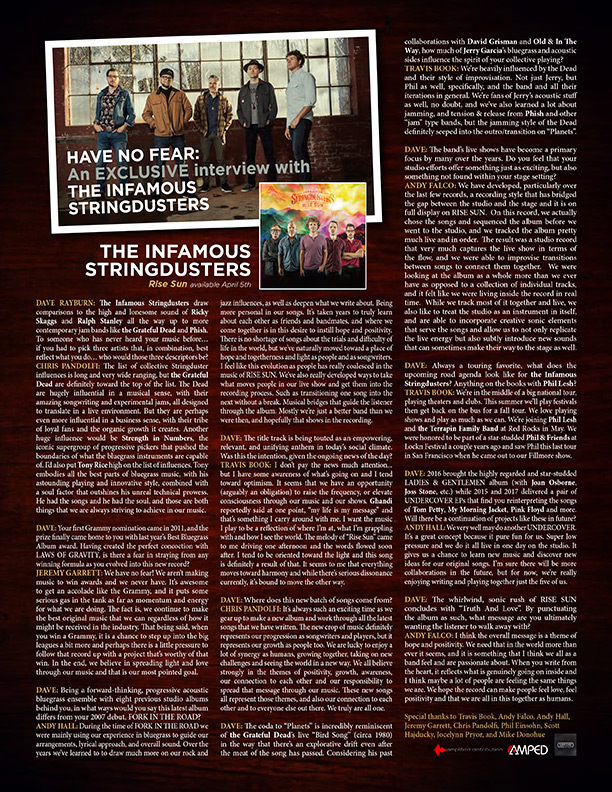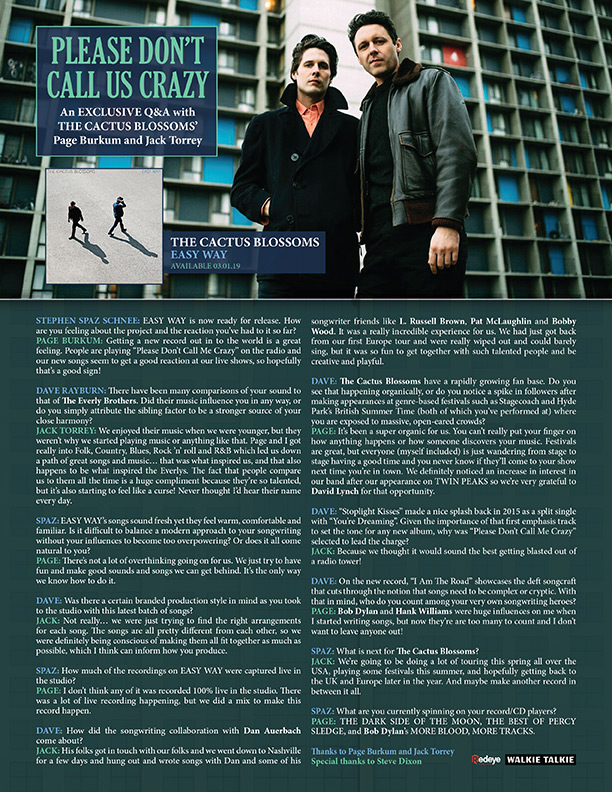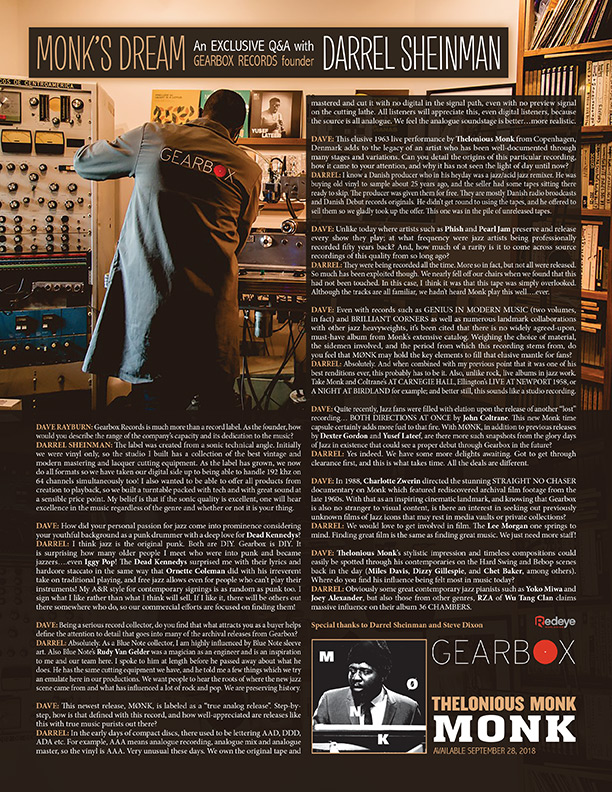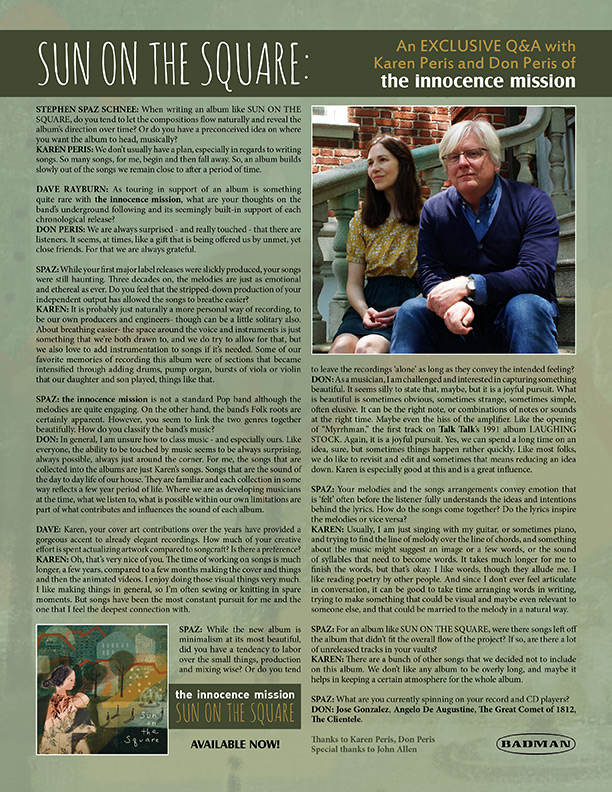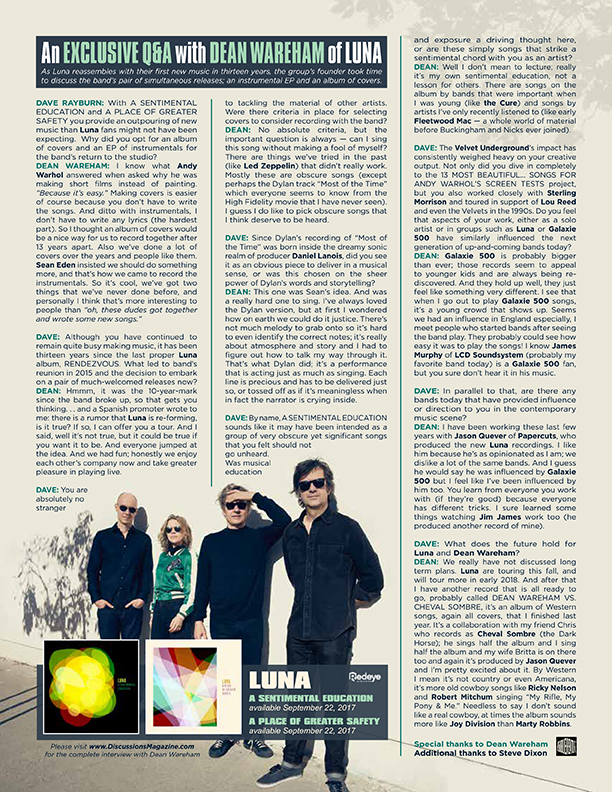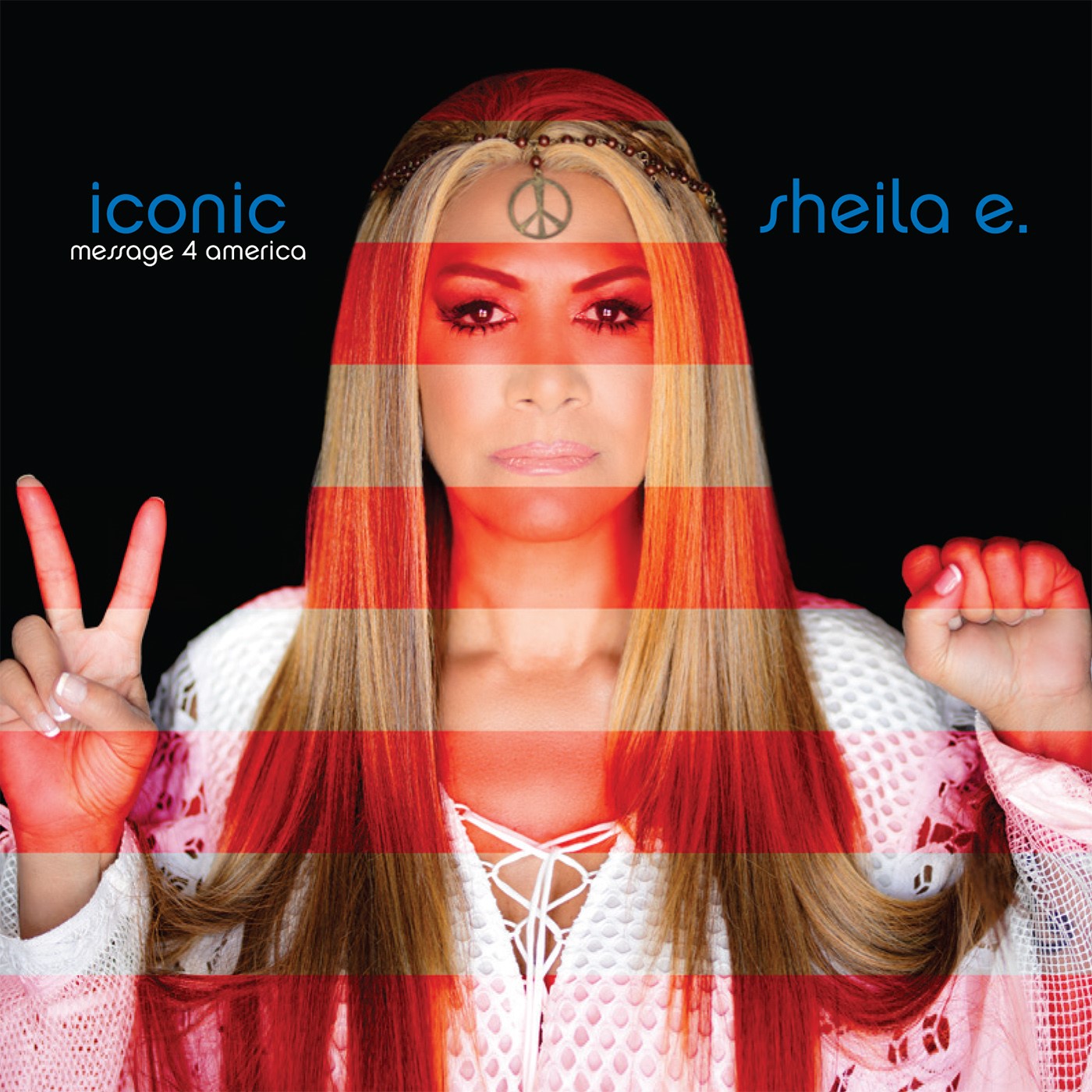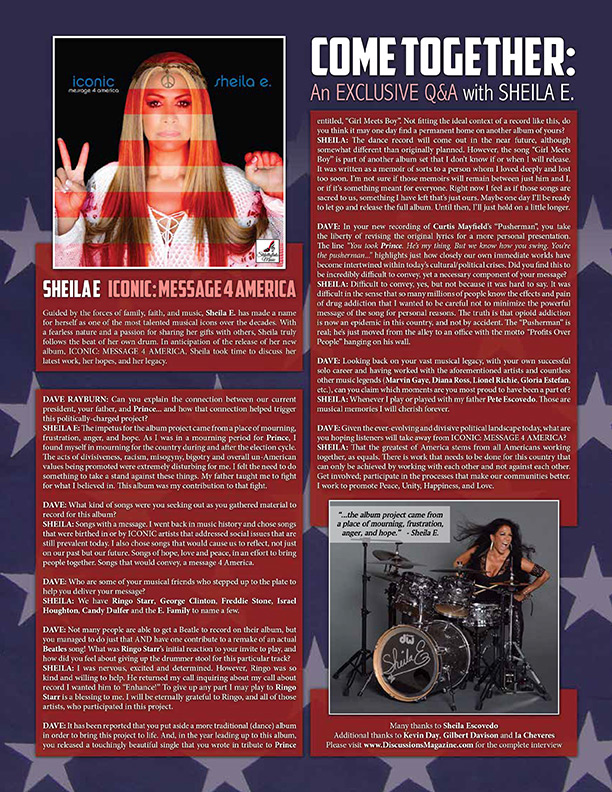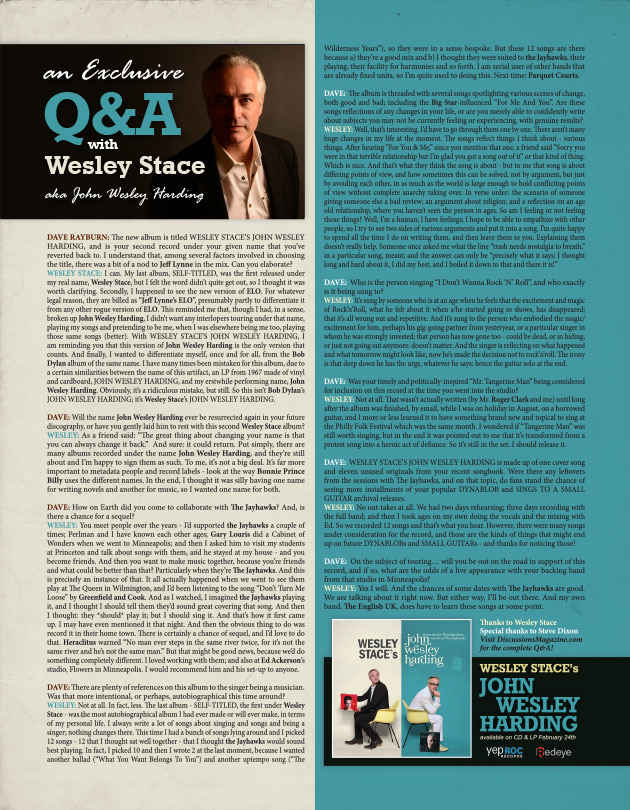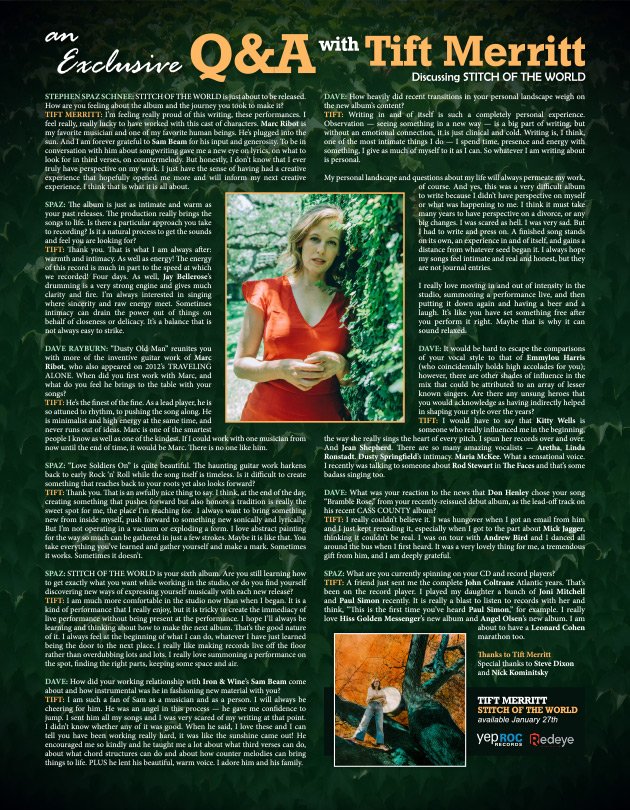DAVE RAYBURN: The Infamous Stringdusters draw comparisons to the high and lonesome sound of Ricky Skaggs and Ralph Stanley all the way up to more contemporary jam bands like the Grateful Dead and Phish. To someone who has never heard your music before… if you had to pick three artists that, in combination, best reflect what you do… who would those three descriptors be?
CHRIS PANDOLFI: The list of collective Stringduster influences is long and very wide ranging, but the Grateful Dead are definitely toward the top of the list. The Dead are hugely influential in a musical sense, with their amazing songwriting and experimental jams, all designed to translate in a live environment. But they are perhaps even more influential in a business sense, with their tribe of loyal fans and the organic growth it creates. Another huge influence would be Strength in Numbers, the iconic supergroup of progressive pickers that pushed the boundaries of what the bluegrass instruments are capable of. I’d also put Tony Rice high on the list of influences. Tony embodies all the best parts of bluegrass music, with his astounding playing and innovative style, combined with a soul factor that outshines his unreal technical prowess. He had the songs and he had the soul, and those are both things that we are always striving to achieve in our music.
